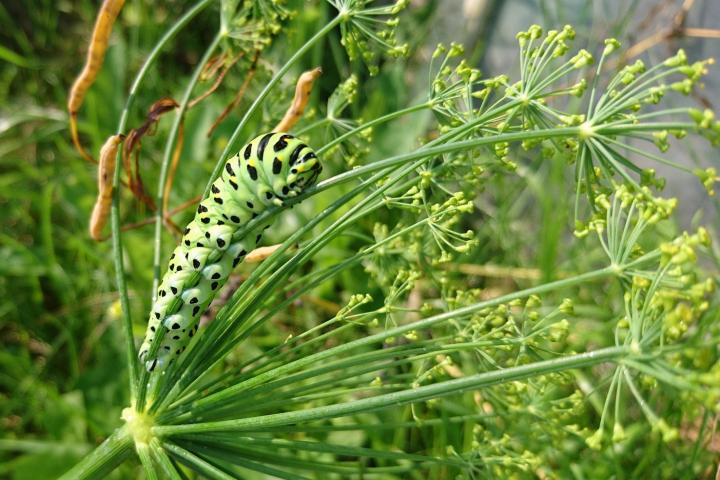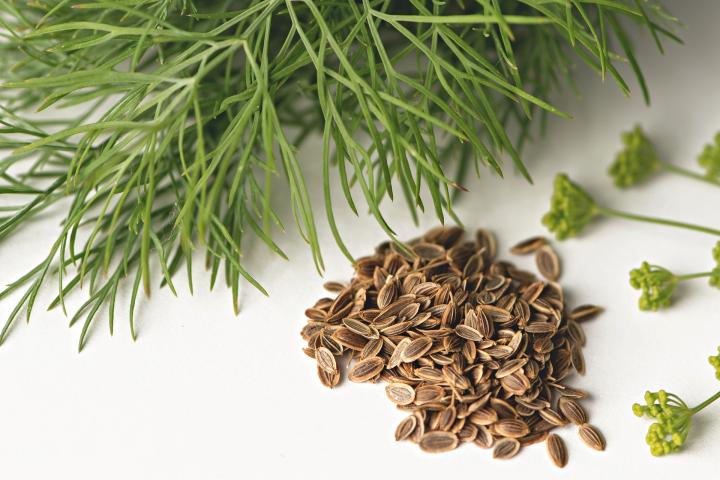
Learn how to plant, grow, and harvest dill with The Old Farmer’s Almanac’s plant guide.
Planting, Growing, and Harvesting Dill
Many people love to make dill pickles with their fresh dill. Learn how with our tips and recipes for dill pickles or our video on making dill pickles. You can also add dill as a seasoning in countless recipes.
ADVERTISEMENT
How does one dry dill and store
Hang the foliage in a warm, well-ventilated place out of direct sunlight. Once totally dry, the foliage should crumble easily; store it in herb jar or the like.
I tried growing dill for the first time this year; I planted it in an herb box where I have had success with other herbs for many years. It is in a sunny location, but the first drenching rain seems to have killed the dill! After the rain, there was one healthy-looking stalk and I transplanted it to a terracotta pot to keep it drier but it is clearly very unhappy... what is the secret to growing dill? Any ideas as to why this plant doesn't seem to do well?
Hi, Jolie, The drenching rain you cite probably did it in, causing root rot. It’s likely that the soil in the pot did not drain well—and/or the pot simply was not deep enough. Most varieties of dill create long tap roots that need space to stretch out. The transplant may have suffered from being moved. Think of it: being uprooted and resettled is a traumatic readjustment for any plant (or person) and not all survive. In future, provide a deep pot, rich (composted) well-draining soil (the pot material should not make a significant difference if all else is suitable), and give it 6 to 7 hours of direct sun (indoors, give is a south- or west-facing window). Indoors in part sun, water only when soil dries out; outdoors, especially in hot environments, regular moisture is the rule.
I plant dill every year in perpetual hope. Every year it grows beautifully. And then I come out on a morning to find something has eaten the roots. I've moved location, type of pot, sprinkled egg shells around it. I have never caught a glimpse of what eats the roots, even with a camera. Any suggestions on how to keep something from eating my dill?











Comments